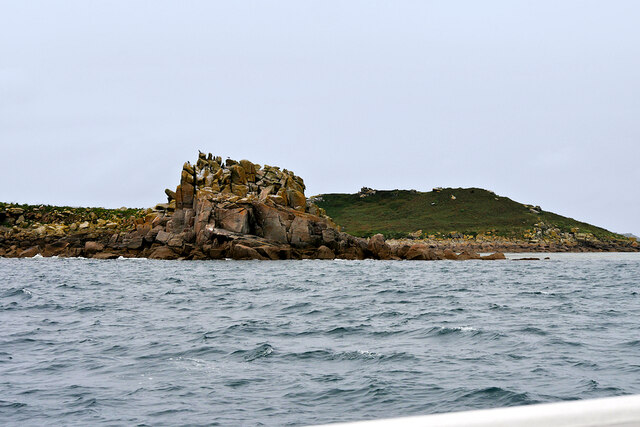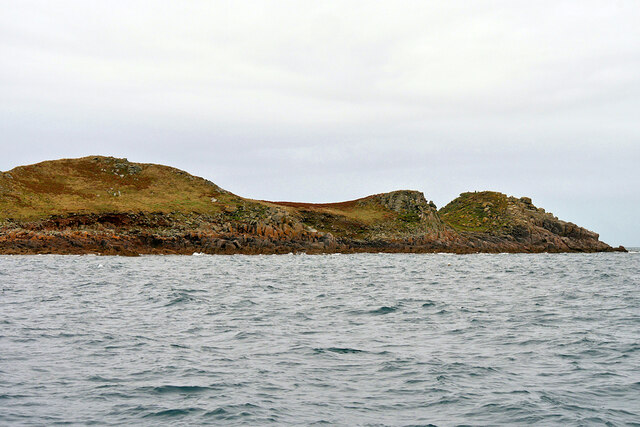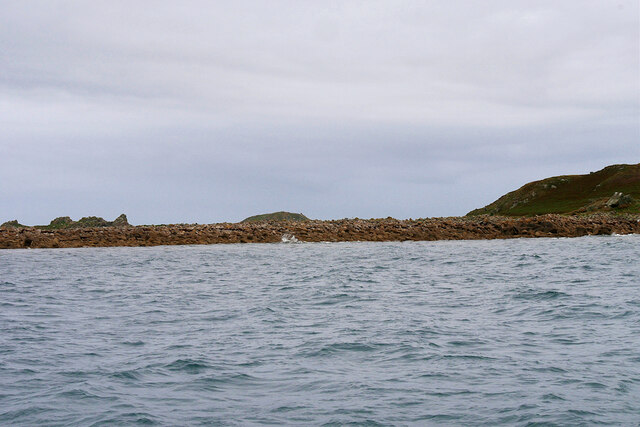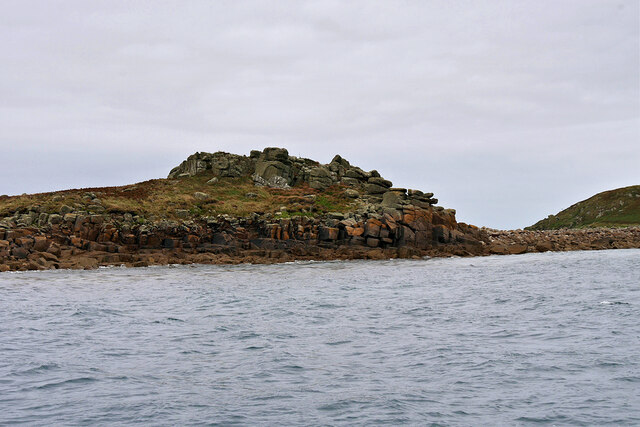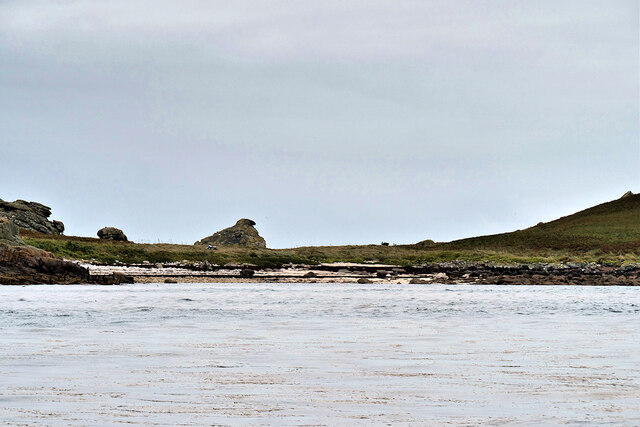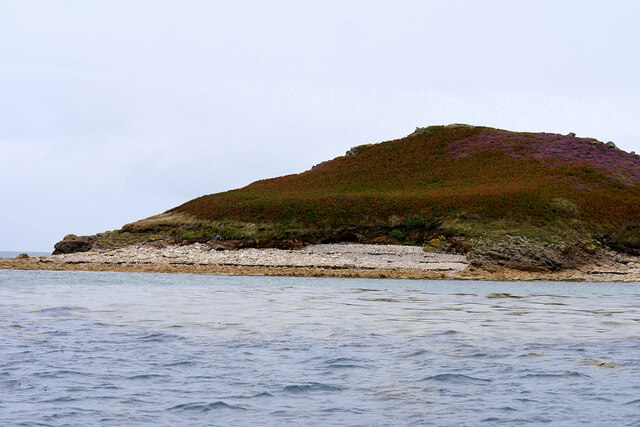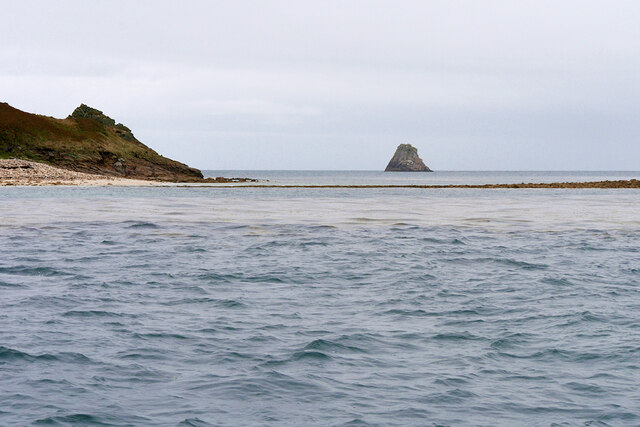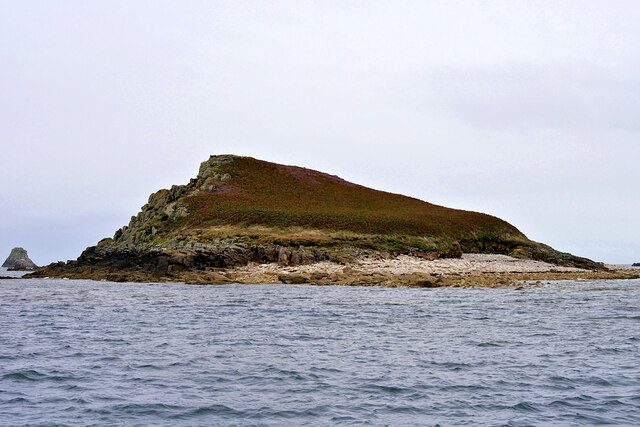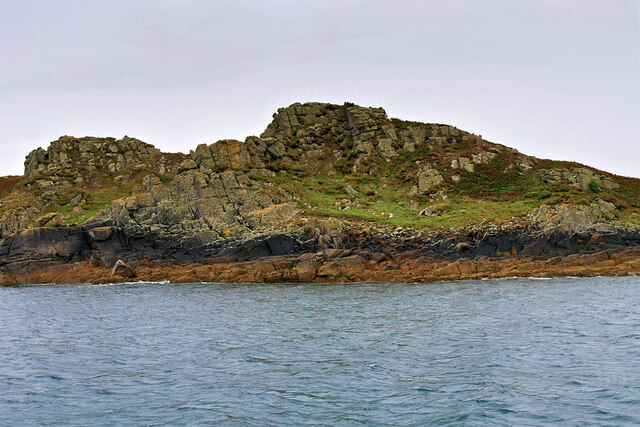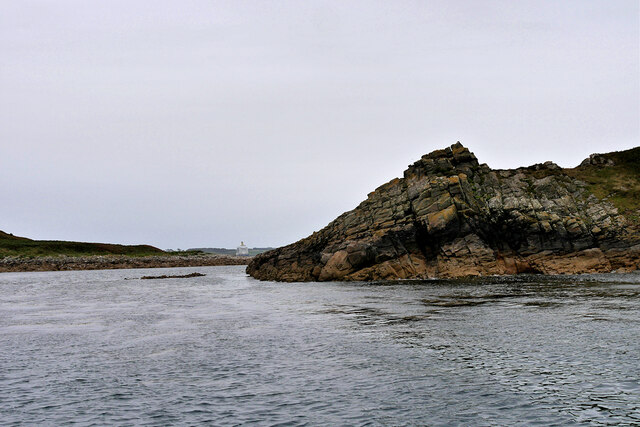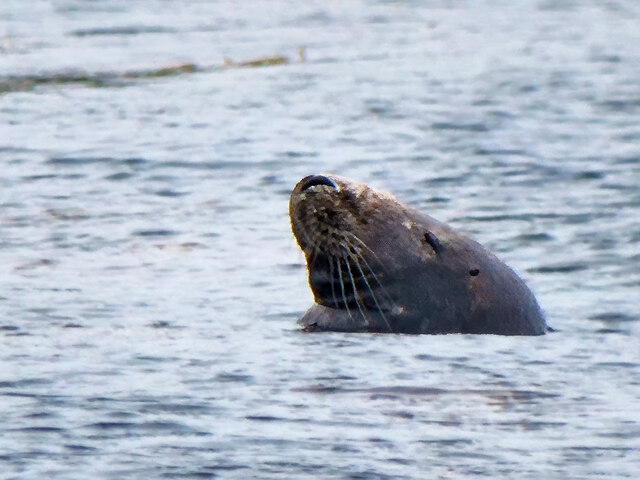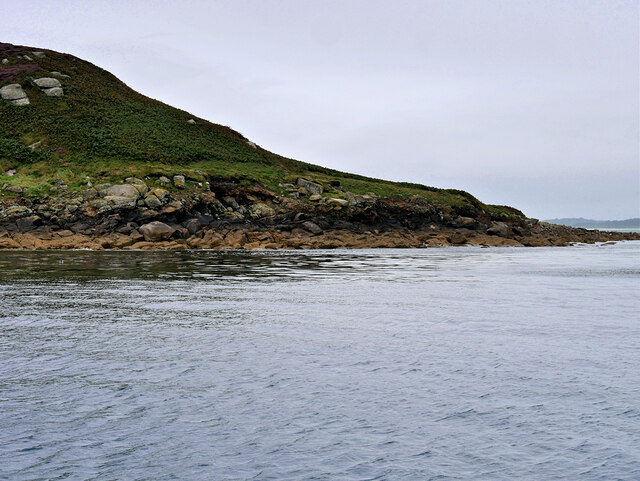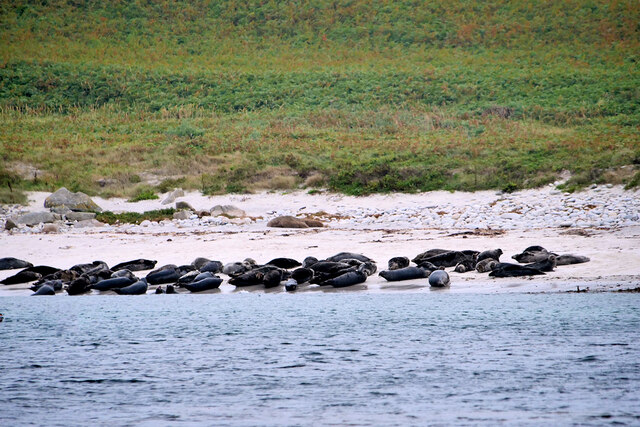Menawethan Neck
Sea, Estuary, Creek in Cornwall
England
Menawethan Neck
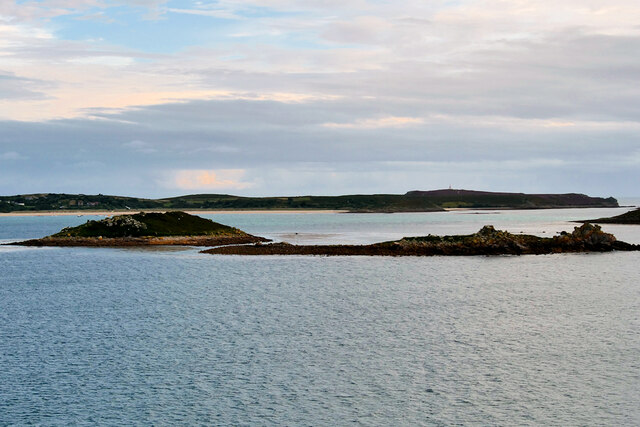
Menawethan Neck is a picturesque region located in Cornwall, England, renowned for its stunning natural beauty and diverse ecosystem. Situated between the popular tourist destinations of Falmouth and Truro, Menawethan Neck boasts a unique blend of sea, estuary, and creek environments that attract nature enthusiasts and outdoor adventurers alike.
The region is defined by its stunning coastline, where the Atlantic Ocean meets the rugged cliffs and sandy beaches of Cornwall. The crystal-clear waters offer a variety of recreational activities such as swimming, surfing, and rock pooling. The coastal path that winds along the cliffs provides breathtaking panoramic views of the surrounding area, making it a favorite spot for hikers and photographers.
Stretching inland from the coast, Menawethan Neck is home to the beautiful Menawethan Estuary. This expansive body of water is a haven for birdwatchers, as it attracts a wide variety of bird species throughout the year, including herons, egrets, and kingfishers. The estuary also provides a habitat for numerous marine species, making it a popular spot for fishing and boating.
Within Menawethan Neck, visitors will also find several picturesque creeks, such as the tranquil Restronguet Creek and the idyllic Devoran Creek. These serene waterways offer opportunities for kayaking, paddleboarding, and sailing, allowing visitors to immerse themselves in the peaceful surroundings and observe the rich wildlife that thrives in these habitats.
Overall, Menawethan Neck is a true gem of Cornwall, offering a diverse and captivating natural landscape that is sure to leave a lasting impression on all who visit.
If you have any feedback on the listing, please let us know in the comments section below.
Menawethan Neck Images
Images are sourced within 2km of 49.947703/-6.2474869 or Grid Reference SV9513. Thanks to Geograph Open Source API. All images are credited.
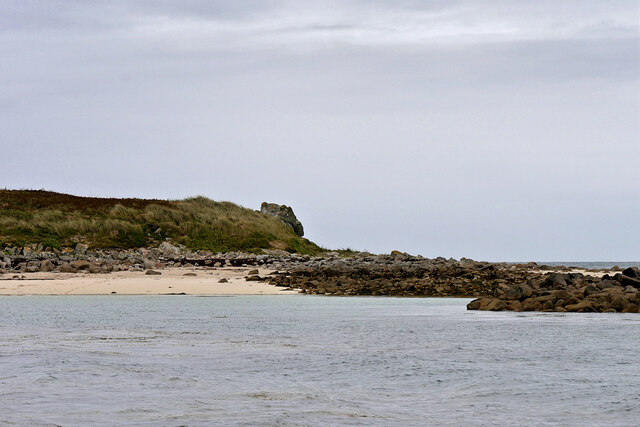
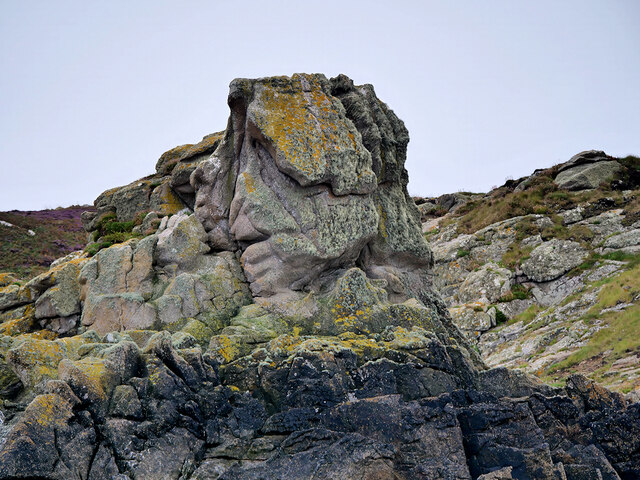
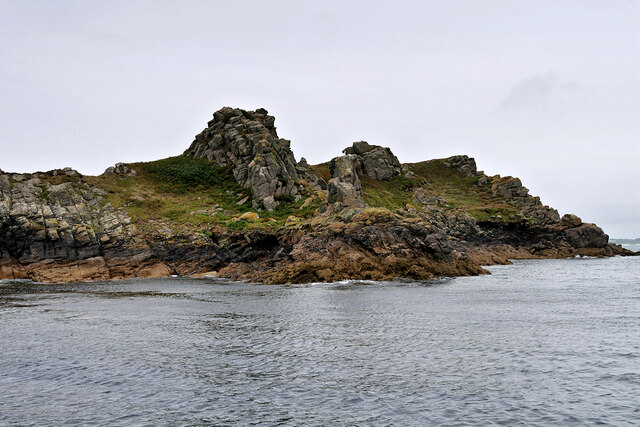
Menawethan Neck is located at Grid Ref: SV9513 (Lat: 49.947703, Lng: -6.2474869)
Division: Isles of Scilly
Unitary Authority: Isles of Scilly
Police Authority: Devon and Cornwall
What 3 Words
///eagle.stems.lend. Near St Martin's, Isles of Scilly
Nearby Locations
Related Wikis
Great Ganilly
Great Ganilly ( gə-NIL-ee; Cornish: Goonhyli Veur, lit. 'great saltwater downs') is one of the Eastern Isles of the Isles of Scilly. It has a maximum total...
Eastern Isles
The Eastern Isles (Cornish: Enesow Goonhyli, islands of the salt water downs) are a group of twelve small uninhabited islands within the Isles of Scilly...
PS Earl of Arran (1860)
PS Earl of Arran was a passenger vessel operated by the Ardrossan Steamboat Company from 1860 to 1871 and the West Cornwall Steam Ship Company from 1871...
Wheel Wreck
The Wheel Wreck is the remains of a shipwreck lying in Crow sound off Little Ganinick in the Isles of Scilly. The wreck site consists of a discrete mound...
Have you been to Menawethan Neck?
Leave your review of Menawethan Neck below (or comments, questions and feedback).
